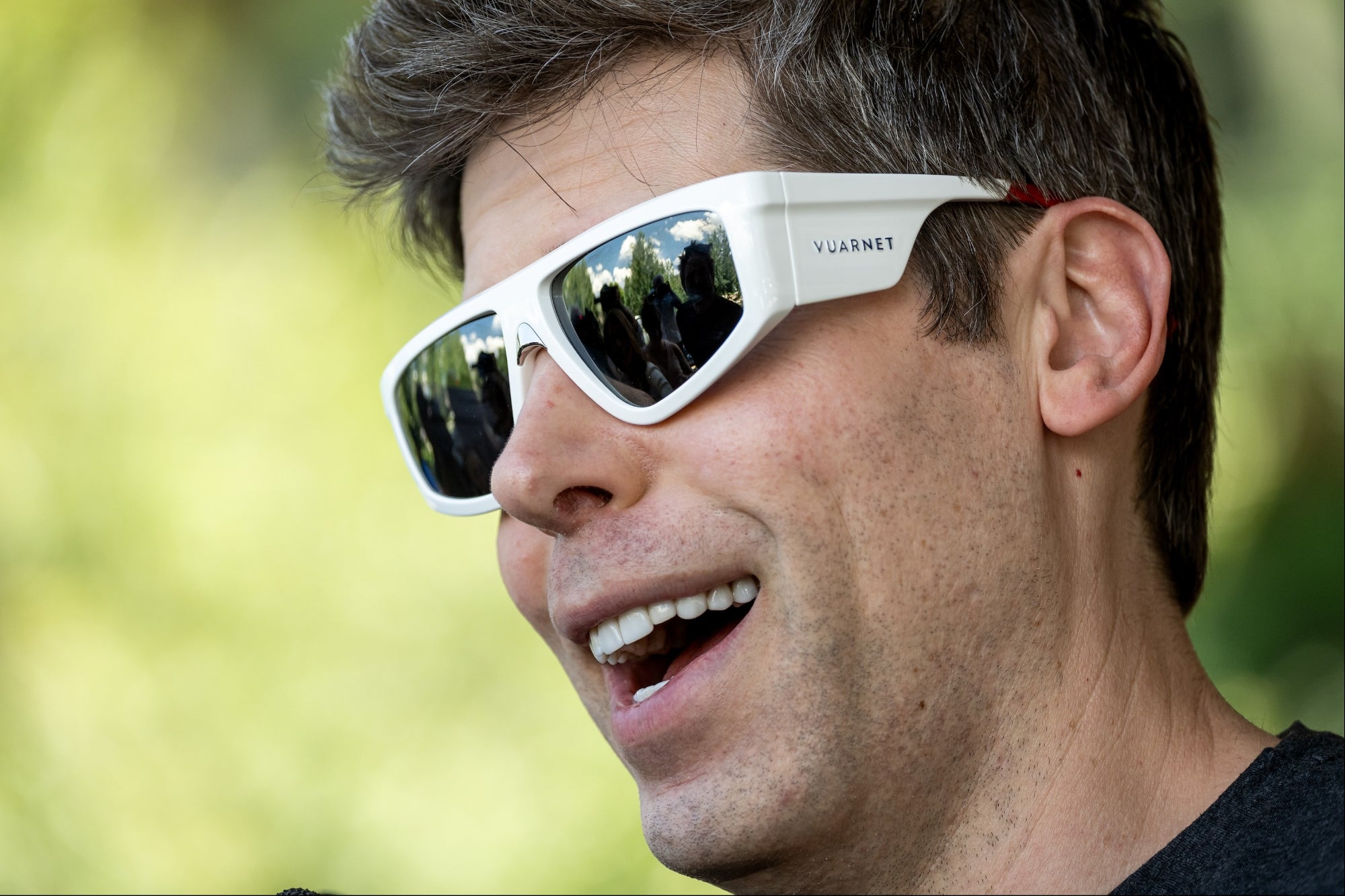Why Emotional Branding is Out and Functional Loyalty Is In Emotional branding is no longer enough. Today's consumers reward functionality, not just familiarity.
By Gabriel Shaoolian Edited by Micah Zimmerman
Key Takeaways
- Loyalty today is earned through functionality, not just emotional storytelling.
- Seamless, useful experiences create habit-forming loyalty rooted in daily value.
- Integrate loyalty into your product’s UX, not a separate campaign.
Opinions expressed by Entrepreneur contributors are their own.
32% of customers say they would walk away from a brand they love after just one bad experience, no matter how long they've been loyal
Brand loyalty isn't dead, but it is evolving. At Digital Silk, we've worked with hundreds of growing brands across industries, and the pattern is clear: emotionally driven loyalty is losing ground to functionality-first experiences. Consumers don't just want to feel something — they want things to work.
And that's a shift both in sentiment and in economics.
A decade ago, brands poured resources into storytelling and emotional resonance. But today's consumers, especially Gen Z and Millennials, are loyal to experiences, not just feelings.
As McKinsey notes, more than 75% of consumers have changed buying behavior since the pandemic began, with many switching brands due to availability, value or digital service quality.
To stay competitive, brands need to rethink loyalty not as a marketing campaign but as a product feature.
Functionality now defines loyalty
Amazon is continuously ranked as the most trusted brand in the retail and eCommerce category in the U.S., and that's not because of its logo or brand promise. It's because Amazon delivers, literally and metaphorically. Free returns, one-click ordering and fast shipping are tangible functions that keep customers coming back.
And it's not just Amazon. In a Deloitte study, 84% of consumers ranked "program simplicity and ease of use" as one of the most important loyalty attributes. This shifts the narrative. While emotional connection once held sway, today the true battleground for loyalty is built on functional design—loyalty programs and platforms must work seamlessly, not just look or feel good.
Convenience is the new brand personality.
Related: How to Build a Brand That Stands the Test of Time
Loyalty programs are being re-engineered for utility
Traditional points-for-purchase loyalty programs are fading. Today's leaders are embedding rewards directly into product functionality. Starbucks is a prime example, not because of stars and freebies alone, but because of how the program powers frictionless ordering, payment and personalization through its mobile app.
As of September 2024, the company reported $1.7 billion in deferred revenue tied to stored value cards and loyalty activity, with over $1.6 billion expected to be redeemed within a year, according to its annual report. That is proof that users are consistently engaging with the platform, placing mobile orders, customizing drinks and redeeming offers as part of their daily routine.
This level of functionality doesn't just improve convenience. It reinforces habit loops that make the app, not just the coffee, the sticky part of the brand experience.
Uber takes a similar approach. Through its free Uber Rewards program and paid Uber One membership, the brand rewards active users with friction-reducing perks like priority pickups, price-protected routes, free deliveries and cashback on rides.
These benefits are functional. Uber One members now account for 40% of Uber Eats U.S. bookings, spend four times more per month, and show 15% higher retention than non-members. Loyalty, in this case, is a consequence of daily usefulness.
This shift away from symbolic rewards toward integrated utility reinforces the point: the most effective loyalty programs today earn attention; they don't ask for it.
Related: Why Gamification is the Secret Weapon for Brand Engagement
What this means for your brand
Stop thinking about loyalty as a brand halo. Think of it as friction reduction. Ask:
- How easy is it to reorder or renew?
- Do your top customers get better service, faster responses or deeper insight?
- Is your loyalty program integrated into the daily flow of your product?
If not, you're leaving equity on the table. Loyalty shouldn't live in a separate system, but in your UX.
Almost 90% of customers say the experience a company provides is as important as its products or services. That experience starts with functionality: seamless logins, fast checkout, accurate personalization and responsive support.
AI personalization is reinforcing functional loyalty
AI is accelerating this shift. Brands are now using real-time behavioral data to offer smarter, faster and more relevant experiences.
Netflix's content suggestions, Spotify's Discover Weekly and Amazon's product recommendations all operate on this principle. These platforms don't ask for loyalty. Instead, they earn it through predictive personalization and time-saving interfaces.
AI serves customers, but it also trains them to return.
Related: How I Used AI to Transform My Business and Create Multiple Revenue Streams
The emotional layer still matters — but it's built on function
To be clear, emotional affinity still matters, but only after functional trust is built.
Apple users may love the brand, but they wouldn't stick around if the devices stopped syncing. Netflix wouldn't survive on content alone without its intuitive interface and hyper-personalized recommendations.
Functional loyalty is the gateway to emotional connection, and not the other way around.
Related: Fix This First To Make Every Ad Dollar Count
Make loyalty invisible
The most successful loyalty strategies are the ones customers don't notice. They just work. They're embedded in your product, reinforced by your service and rewarded by your infrastructure.
Brands that still chase emotional loyalty without delivering on functional expectations risk becoming irrelevant. The future belongs to businesses that treat loyalty not as a feeling to inspire, but as a function to engineer.












